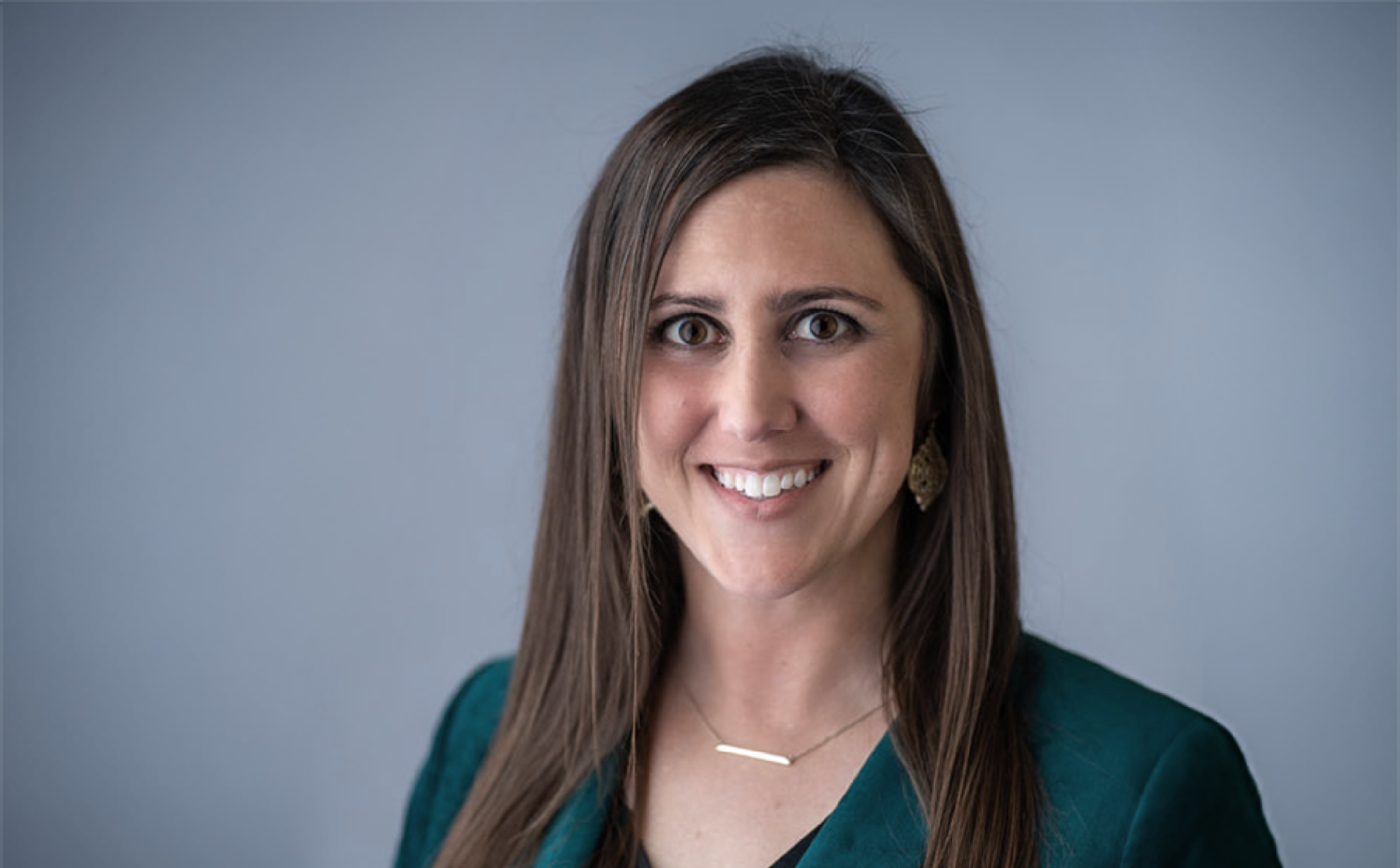We interviewed Dr. Emily Touloukian, D.O., hematologist, oncologist and President at Coastal Cancer Center, to hear her thoughts on social determinants of health, their relevance in cancer care and how to help patients in need.
(Edited lightly for clarity and conciseness.)
Talk to me about social determinants of health in the arena of cancer care, in particular, and why they are so important. How do they layer into the cancer journey?
I think they’re important in any healthcare scenario but particularly so in oncology care. The social determinants of health really describe the patient’s life situation. Those things are incredibly important for when we’re trying to delineate what sort of treatment somebody will be able to tolerate. Are they going to be safe and supported at home when they have low blood counts? Can they afford the treatment? I can prescribe a complicated multi-day treatment, but what if they can’t get to the office to receive the treatment? If we’re going to send something to their house, what if they don’t have a house?
These things are real and give you the best picture of the patient’s world and life scenario so that you can either tailor their treatments to coincide with that or help them adjust that scenario so that they are more supported. This is where the intervention part comes in. If you can understand where a patient’s needs are on that continuum, you can really help to support them in different ways with the resources available in your community.
Every community is different and as a result, every social determinants of health intervention program is different based on the resources available in each unique community. It’s important to have an organized way to identify those social determinants of health and perform an intervention.
Do you feel like the SDOH are really being talked about enough in the context of oncology? Is there an opportunity for that conversation to be a little more enriched?
There is a lot of talk about SDOH, and I think everybody realizes that it affects patient care. That’s not the hurdle here. Everybody understands the issue, that these things are important, but where the roadblock comes is how do I implement something in my clinic today or tomorrow that’s going to impact my patients in a positive way? That is where the hard stop has been for a lot of people because it’s not a “Hey, I can just check this box and things are resolved.” There are a lot of moving parts.
That’s where I think that we could develop and utilize the PatientPoint interface to really help us craft a program that can be individualized based on the cancer clinic location and resources available to help identify and, at the point of care, hand the patient something meaningful that they can walk out of the clinic with and say, “I can do this.”
That’s one of the things that we all felt frustrated by with EOM. They’d pay you to identify these hurdles, but they wouldn’t help to do any intervention. It was a stop right there. It was “Hey, I identified a patient that has food insecurity. Check. Done.” It wasn’t like “You identified this issue, now here is how we are going to support you to help the patient.” That was really frustrating for a lot of us because these models can be so impactful but not if you’re going to do it that way. I wouldn’t identify a medical problem in my patient and then not treat it.
Is it a combination of education as well as resources? Is your vision for this leveraging both the education as well as the ability for a connected device to find resources?
Absolutely, I think you have to identify the resources in your community and put them into an algorithm. You can’t expect the same algorithm to function well in every clinic. With findhelp.org, you can find those resources in your community, and you can put those at the end of your algorithm.
So, some of it is gathering information about your community and about what resources are available. I had a colleague identify a resource in his own community where he had been for over 10 years that was down the street from the office that provided support for multiple arms of SDOH. Until he intentionally went out and looked for organization aid, he had no idea it was there.
Having that intervention available to the patient at the point of identifying the disparity is really a key part in this.
Why is the point of care so important in that relationship between doctor and patient, to have these conversations? Why is that such a critical moment?
By point of care, I mean implementing interventions when this issue is identified. This is a big part of my day-to-day practice, regardless of SDOH. When my patients leave my office, they leave with a paper that has their next appointments on it or when their scan is scheduled. That way they leave feeling secure knowing that we have a plan moving forward.
Having a plan is really important for cancer patients. Often, it’s really hard to wrap your brain around a cancer diagnosis. It’s incredibly overwhelming. I don’t like my patients leaving the office without having their next steps scheduled. If you can hand somebody something that says “This is what we’re going to do. These are our next steps,” that’s very comforting and a really important intervention.
Point of care is important in my general practice… it’s an effective time to make an intervention.

